Kisaku Ito
Nacimiento : 1899-08-01, Tokyo, Japan
Muerte : 1967-03-31

Art Direction
Nine maids serve the household of a writer and his wife. The couple treat their maids like daughters and marry them off to eligible men. So, they are forever looking for new maids. As the years go by maid servants become hired help and more bossy and independent, so Chikura and his wife find themselves adjusting their lives to keep up with changing times.
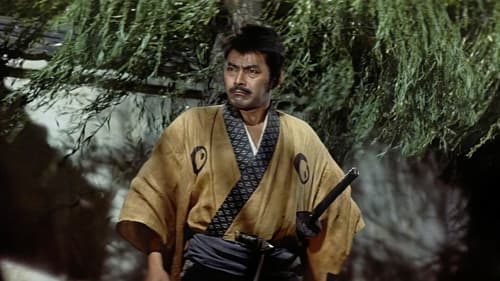
Production Design
Esta impresionante historia épica ha sido a veces etiquetada como la versión japonesa de "Lo Que El Viento Se Llevó". Chusha Ichikawa personifica a un señor feudal poderoso y despiadado que lucha contra el virtuoso y joven noble, Yuzo Kayama. Ichikawa encuentra una victoria parcial cuando engaña a Kayama y lo convence de hacerse el Hara Kiri. La venganza será realizada por los cuarenta y siete samuráis de Kayama. Basada en una leyenda japonesa venerable, la historia de Chushingura ha sido filmada en varias ocasiones, pero sólo la versión de 1941 (47 Ronin) estuvo a la altura de la versión de 1962, del gran director Hiroshi Inagaki.
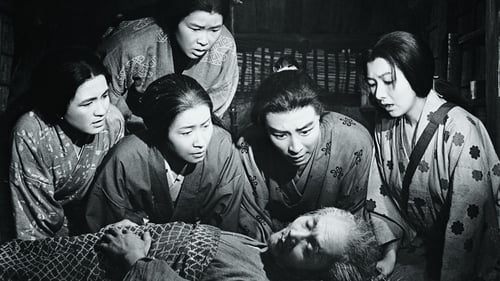
Production Design
In a time of continuous civil wars ravaging the fields of feudal Japan, the eldest son of a very poor peasant family, living alongside the bridge over the Fuefuki river, decides to serve a warlord to escape his miserable condition, being soon followed by his younger brothers. Although not all the men of the family take this tragic path of death, women of the family will be doomed to endure the pain of loss during the next five generations.

Production Design
In this Japanese drama, a village girl goes to Tokyo and becomes a hooker to support her ailing mother. While there she meets an unmarried teacher (at least he says he's unmarried) and falls in love. When she learns that he lied and is married to a woman whose child was fathered by another man, she is crushed. He returns to his wife. The woman becomes more distraught when she learns her uncle has misused the money she has sent. As the final straw, her mother dies, and the girl becomes sick.
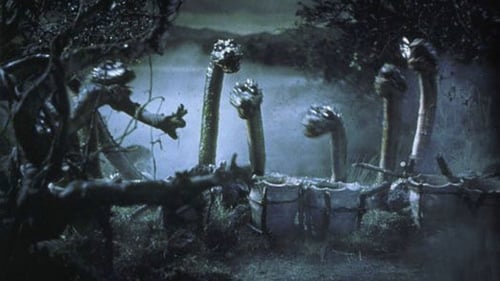
Production Design
The legend of the birth of Shintoism. In Fourth Century Japan, the Emperor's son Ouso expects to succeed his father on the throne, but Otomo, the Emperor's vassal, prefers Ouso's stepbrother, and conspires to have Ouso die on a dangerous mission he has contrived. But Ouso prevails in the mission and returns to his father's castle under a new name, Prince Yamato Takeru. Otomo plots to have the Prince sent into even greater danger, but Otomo is unaware that the gods have favored the Prince and the outcome is far from what any of them expected.

Production Design
Edmund Rostand's play Cyrano de Bergerac, transplanted to Japan. A poet-warrior with an oversized nose (matched only by his great heart) loves a lady. But she sees him only as a friend, so he helps another man to woo her by giving him the poetry of his own heart.
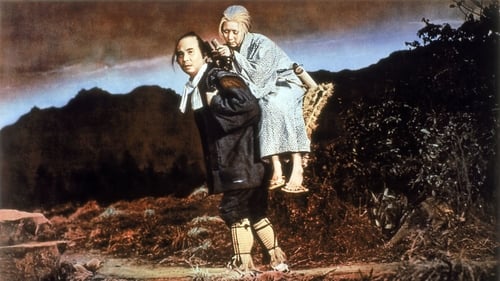
Production Design
Esta es la historia de un remoto lugar situado al pie de una imponente montaña, cuyos habitante de manera inexplicable no consiguen superar los 70 años de vida. Granny, a punto de cumplir esa edad, espera contenta que llegue el momento de su muerte. Sólo su hijo Tatsuehi luchará para que pueda superar ese cumpleaños con vida. En 1983, Shohei Imamura dirigió un remake en color, que ganó entre otros premios la Palma de Oro en el festival de Cannes.

Art Direction
It's a man's world. Shimamura, an artist, comes to this snowbound town to rejuvenate himself. He connects with Komako, a geisha he met on a previous trip, and it seems like love. She's the foster daughter of a local family, almost engaged to the family's son Yukio, now dying of consumption. He's tended by his sister Yuko who's angry at Komako for abandoning her brother. Shimamura returns to Tokyo but promises he will be back soon. In anticipation of his return, Komako breaks with her patron and her family loses their home. Complications arise when Shimamura doesn't come back as promised. Then Komako discovers that he and Yuko knew each other in Tokyo. Can Komako escape destiny?
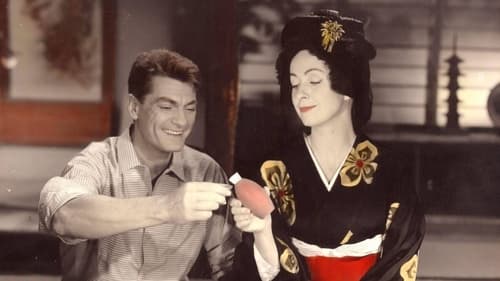
Production Design
Pierre Marsac, a French engineer working for the Nagasaki shipbuilding yards, has fallen in love both with Japan and a charming Japanese girl named Noriko. But Françoise Fabre, a French journalist and Pierre's former lover, contacts him while visiting the Land of the Rising Sun. They meet again, find out their love might not be dead. Meanwhile, Pierre gradually becomes estranged from sweet, humble Noriko. One day, a typhoon strikes Nagasaki...

Art Direction
Shozo is plagued by the needs of his ex-wife and his current one, but prefers the company of his cat.

Art Direction
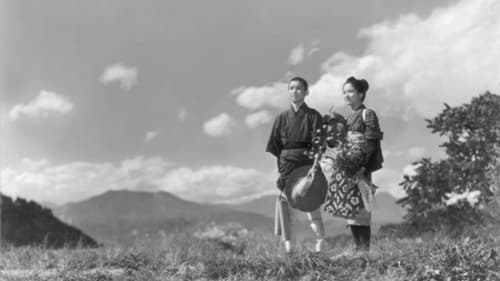
Production Design
Now an old man, Masao returns to his childhood home and begins to recall his upbringing in this abandoned sector of Japan.
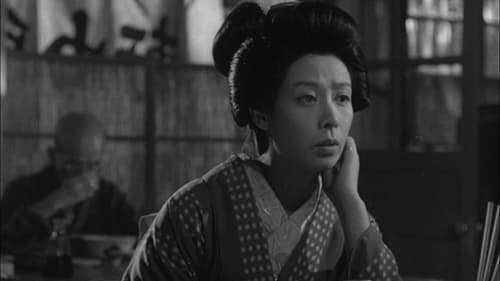
Production Design
The story of a couple, a spoiled son and a down-to-earth girl, in Osaka in the early Showa era. The film won the prestigious Blue Ribbon awards for best director, best actor (Morishige) and best actress (Awashima), and the Mainichi Concours award for best actor and best screenplay (Yasumi Toshio). It ranked second (after Naruse Mikio’s Ukigumo) on the Kinema Junpō top ten films for the year.
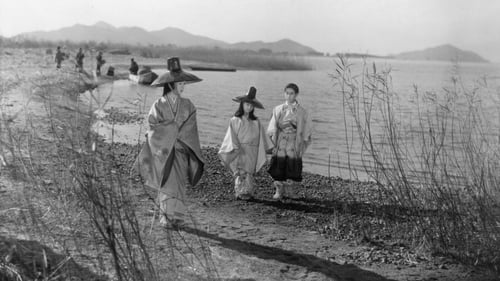
Art Direction
A finales de la Era Heian en el siglo XII, el gobernador de un pueblo es enviado al exilio. A pesar de que su familia quiere ir con él, ninguno podrá acompañarle, pues, engañados por una vieja que se hace pasar por sacerdotisa, son vendidos como esclavos por separado: la madre por un lado y los hijos por otro.
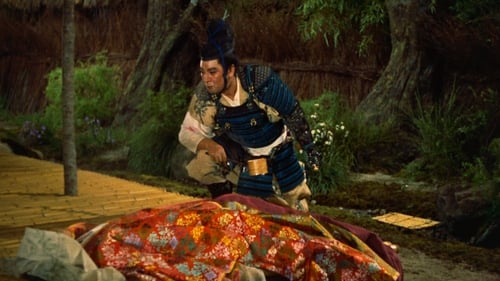
Art Direction
Japón, 1159. Moritō, un valiente samurái, realiza un acto heroico rescatando a la encantadora Kesa durante un violento levantamiento. Moritō se enamora de ella, pero se angustia cuando se entera de que está casada.

Art Direction
A young woman, who must support her father as a middle-aged man's mistress, finds herself falling in love with a student closer to her age.
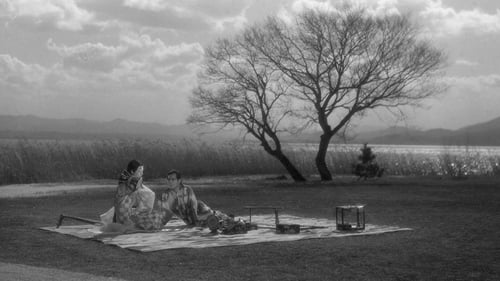
Art Direction
En el Japón del siglo XVI, los campesinos Genjuro y Tobei venden sus vasijas de barro a un grupo de soldados en un pueblo cercano, desafiando la advertencia de un sabio local contra la búsqueda de ganancias en la guerra. La búsqueda de riquezas de Genjuro y de la misteriosa Lady Wakasa, así como el deseo de Tobei de convertirse en samurái, corren el riesgo de destruirlos a ellos mismos y a sus esposas, Miyagi y Ohama.

Production Design
Dedication of the Great Buddha is a 1952 Japanese film directed by Teinosuke Kinugasa. It was entered into the 1953 Cannes Film Festival.















